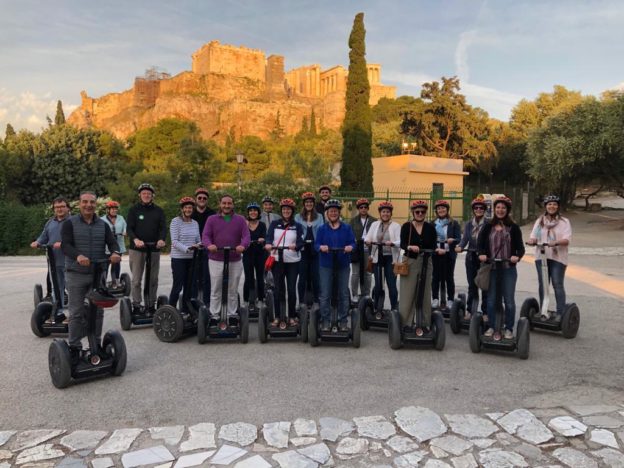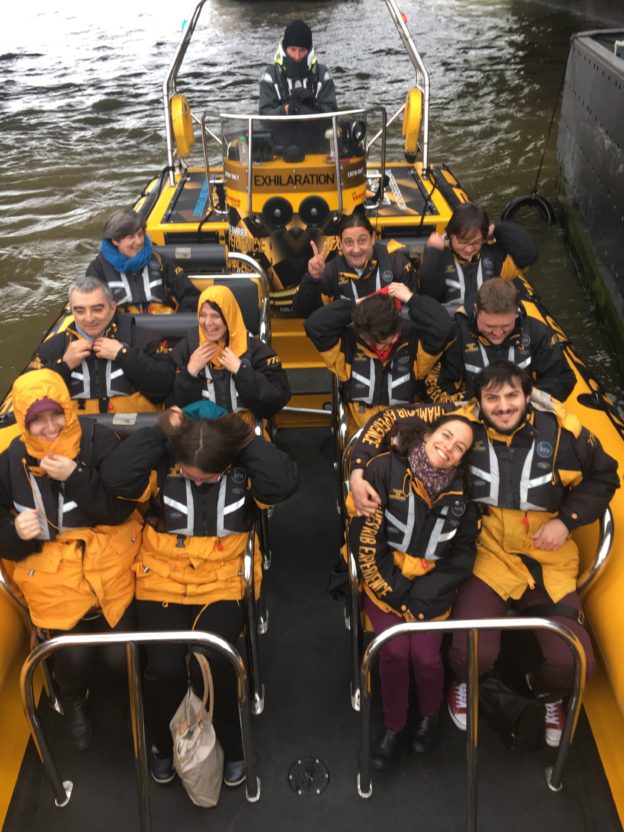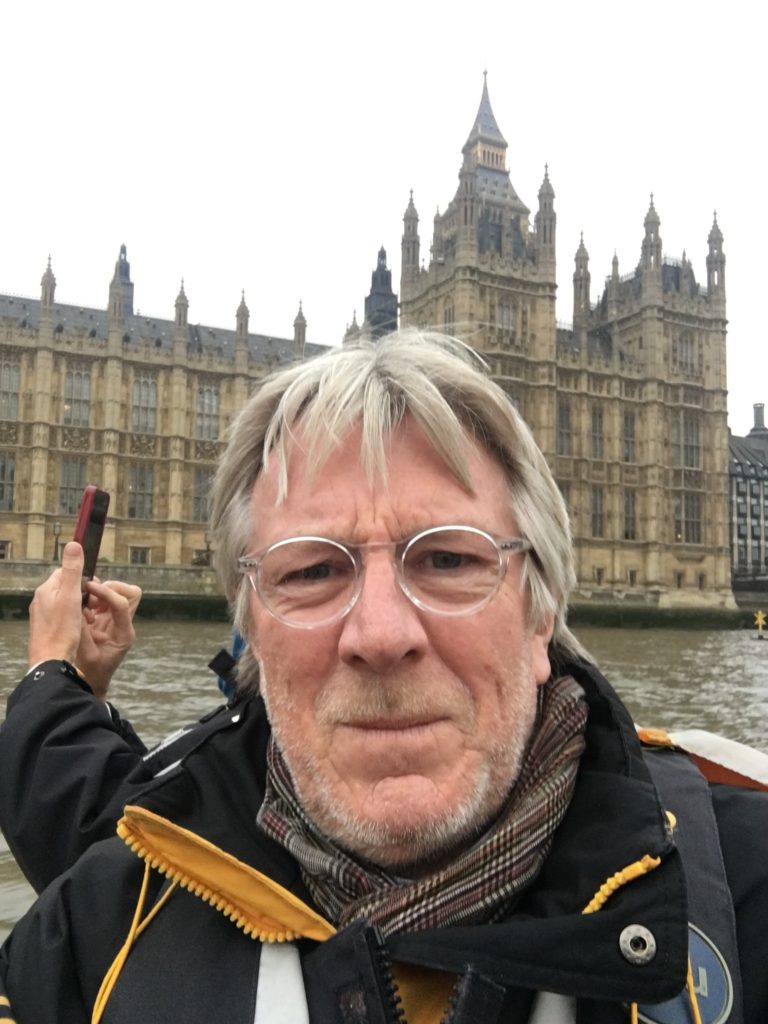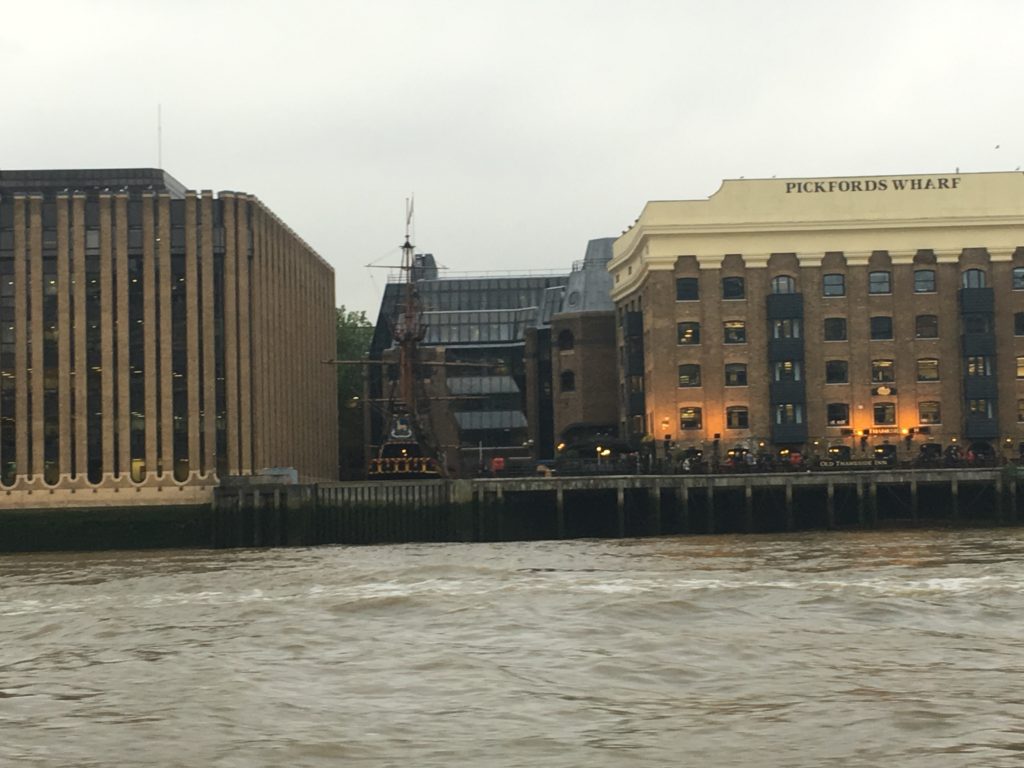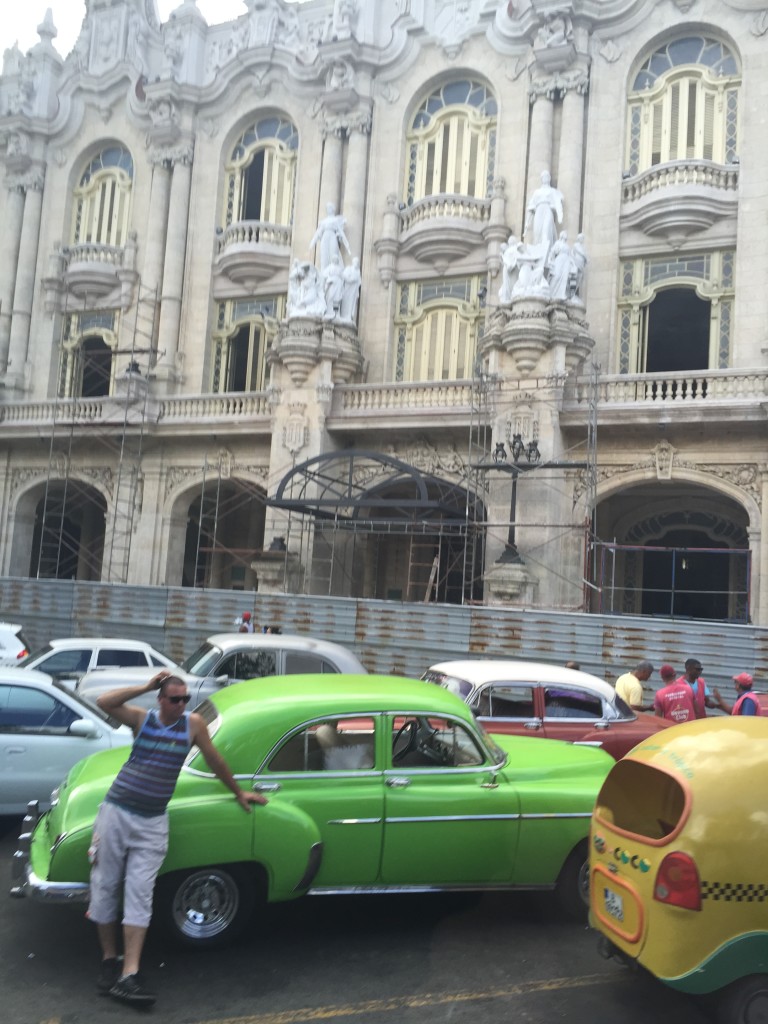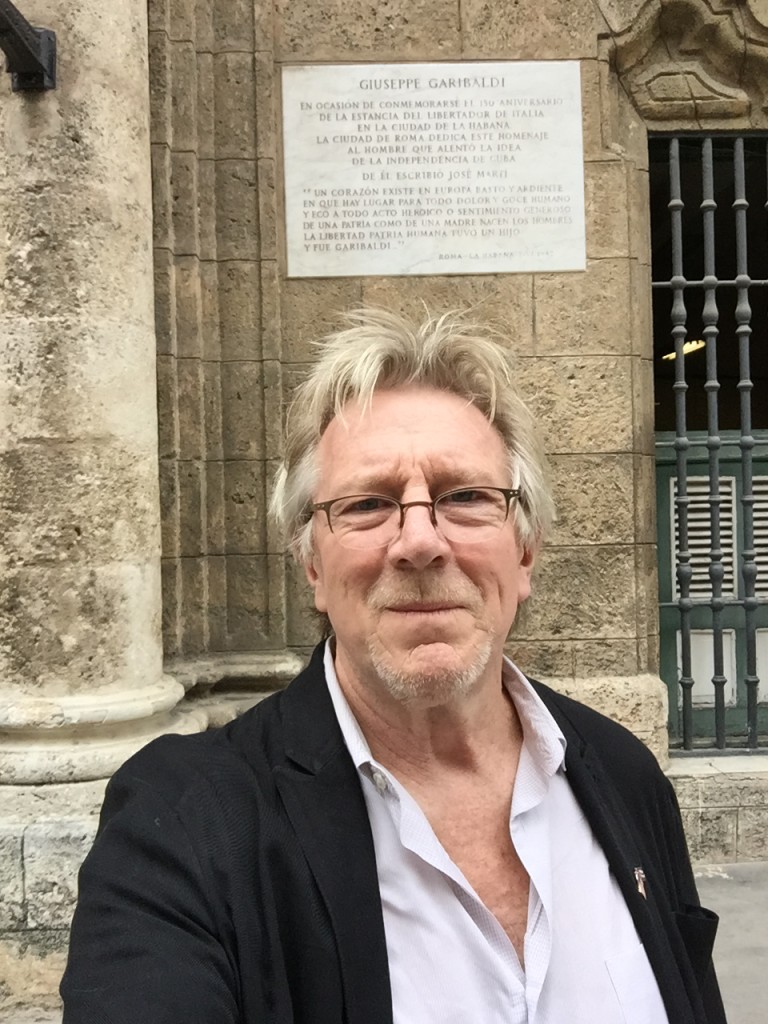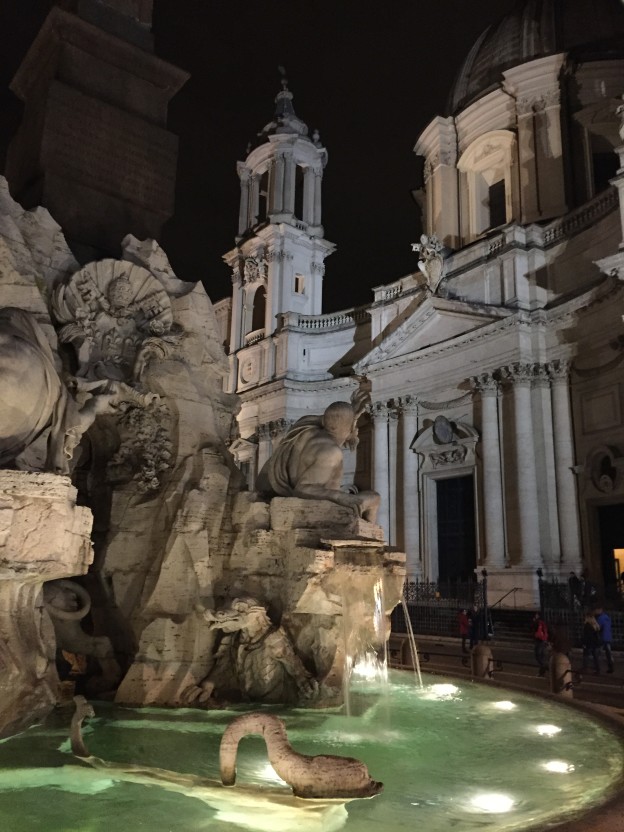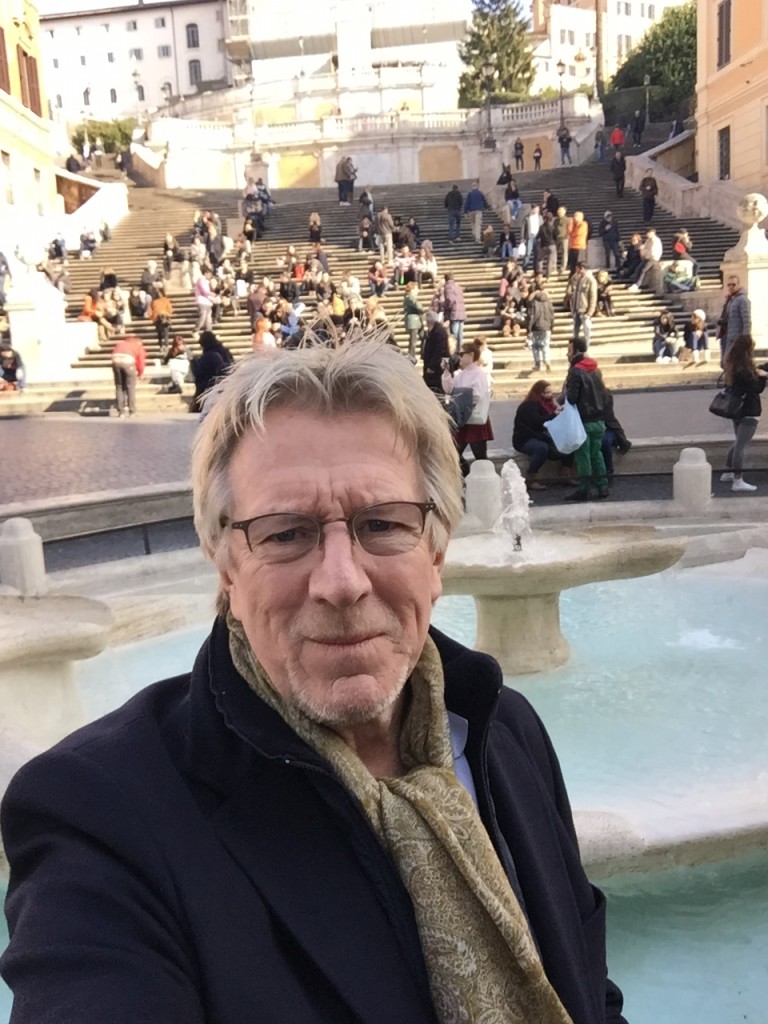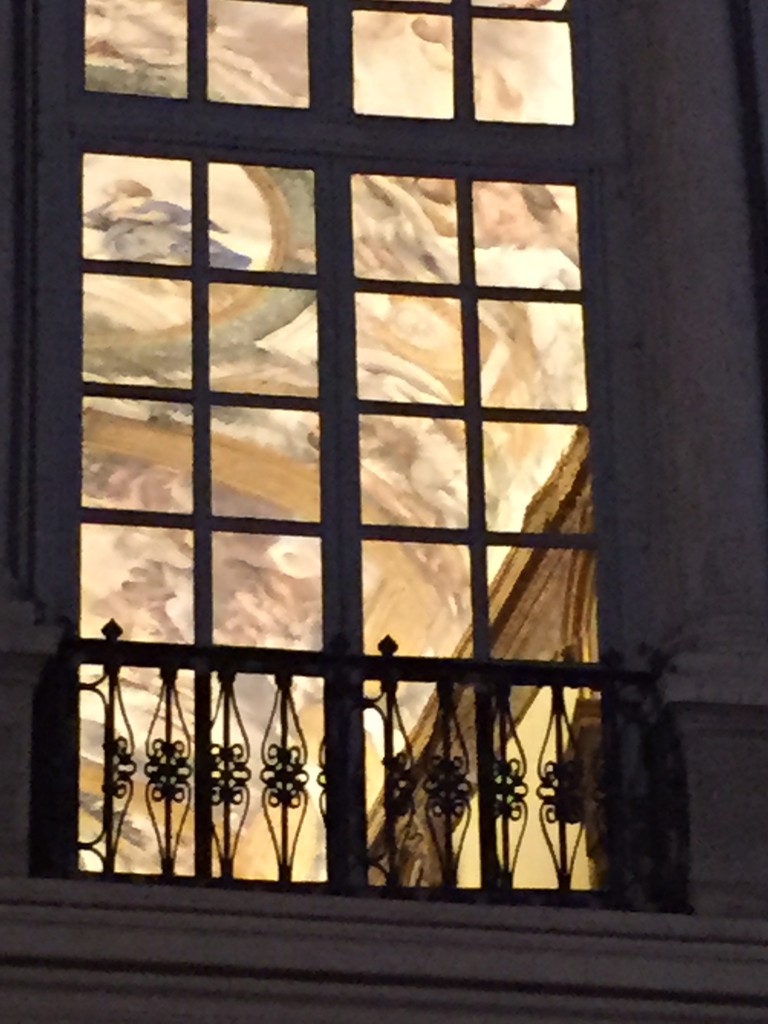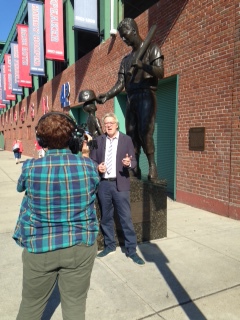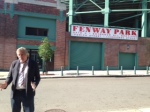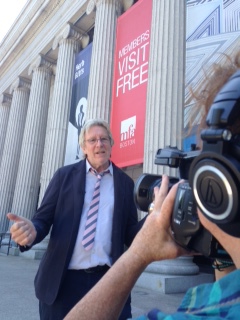I am embarrassed to say that there are a few things out there that I should’ve done that I haven’t done, and of course there are a few things that I have done that I shouldn’t have done!
On a recent trip to Athens, a city I had not been to for several years, I fell in love with the place once again. Athens has a great beat to it, and it was super cool staying at the top of the Plaka by Syntagma Square at the Hotel Elia Ermou. The traffic was insufferable, but once the sun dropped down, the city became a magical place that had a skip to its step. We ate at some great restaurants (including rooftop ones), I became further addicted to grilled octopus and Greek salads, and I even fell back in love with moussaka. I got to have lunch at the Benaki Museum with a wonderful friend and ex-art teacher that now lives in Athens, the delightful Polytime Costes.
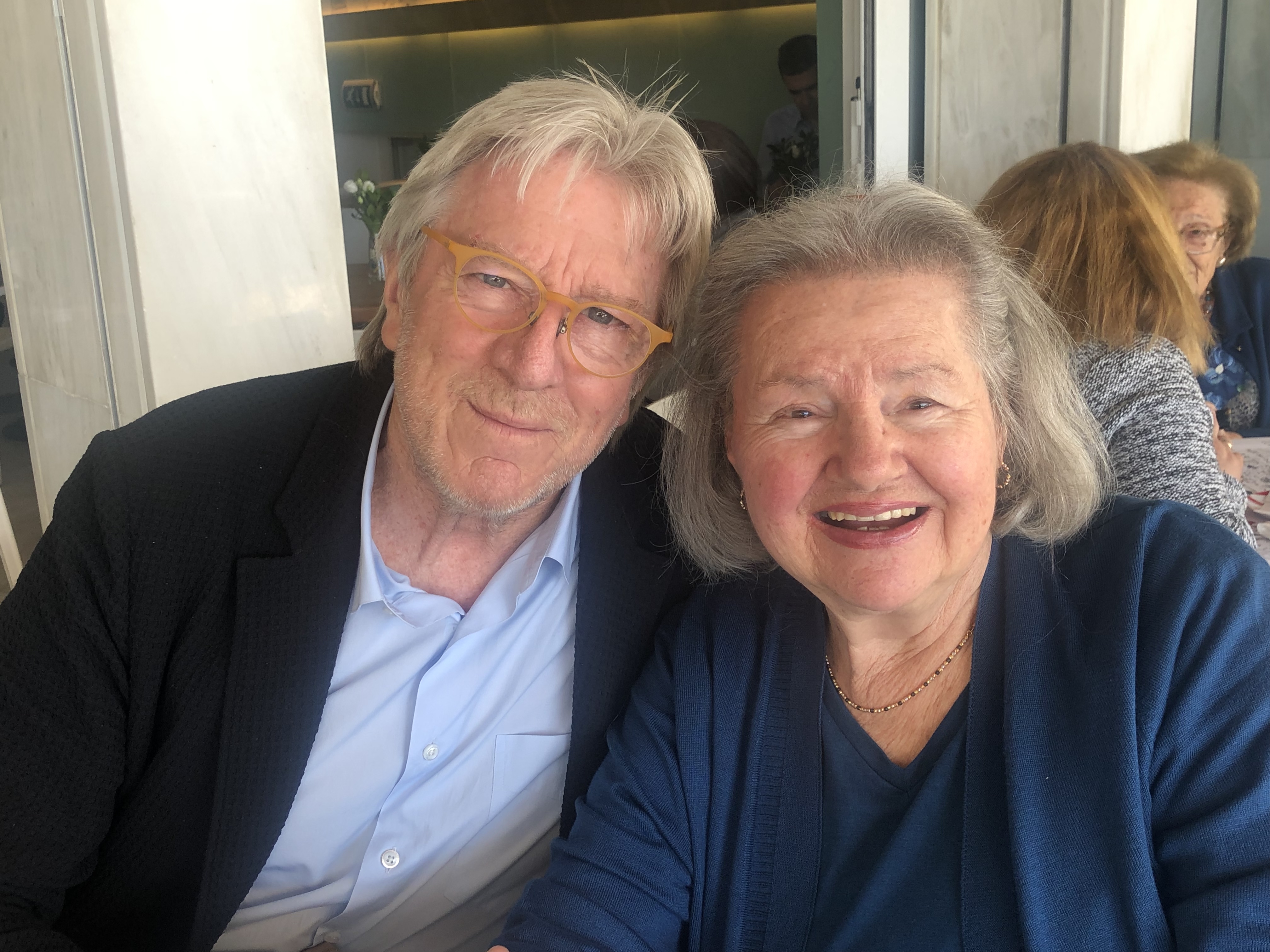
Lunch with Polytime Costes
The highlight of the whole visit was taking a sunset Segway ride around the top of the Plaka and along the pedestrian walkway that leads to the Acropolis. The Segway is a strange machine – in part because the guy that invented it had an accident on his Segway and died! Yikes! So everyone, including me, felt a little trepidatious! Once you get the hang of it though, it is an empowering experience. It literally turns on a dime, it has a decent speed to it, and it enables you to move with the walkers and ride with the bikers. Sightseeing on a Segway is just about as good as it gets. We all wore helmets in case you are wondering!
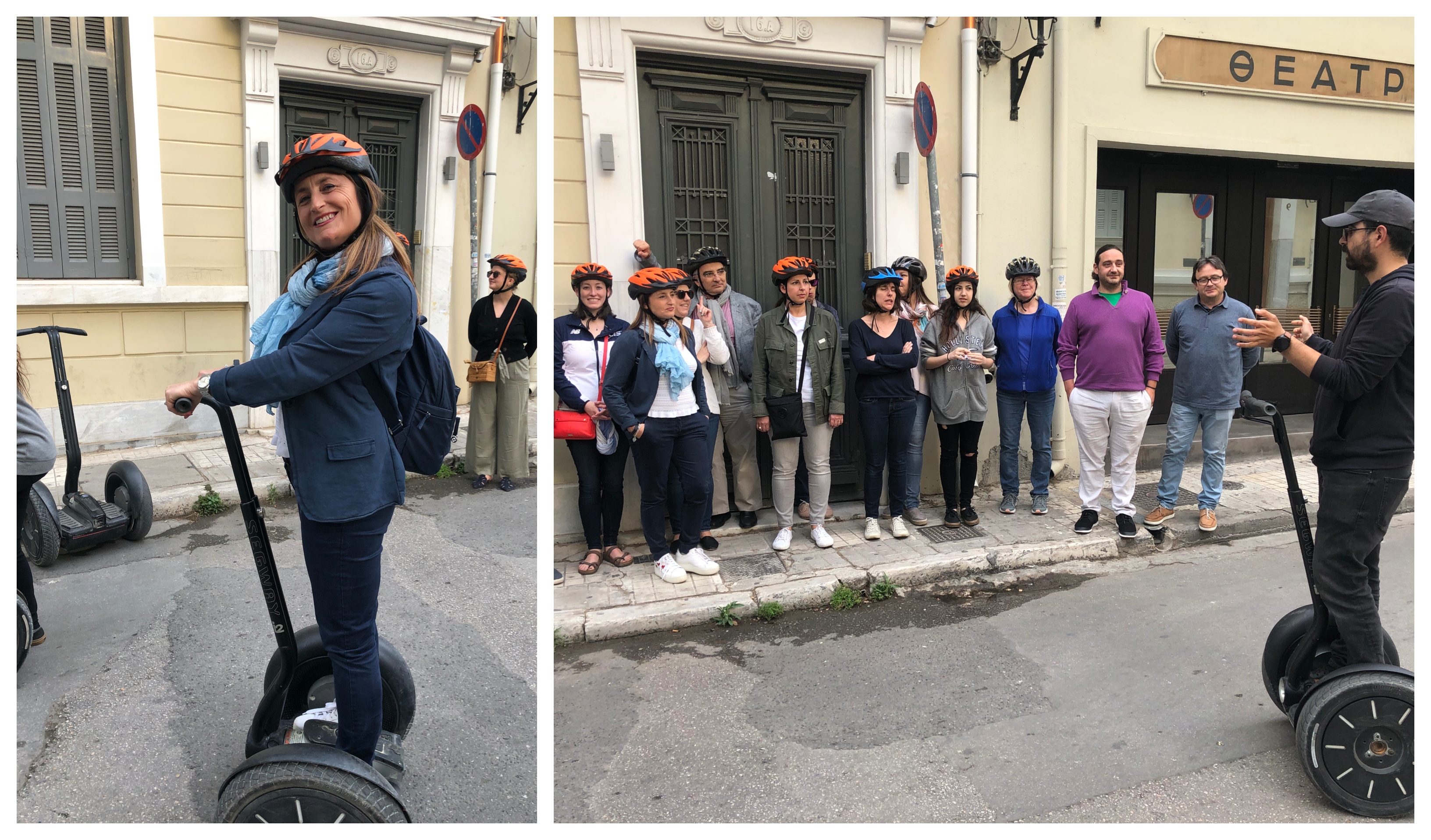
When I think of great cities, I always think of that perfect view – like the Alhambra in Granada from the Sacromonte and Palatine Hill in Rome from the Aventine – but in the end, there is nothing quite so dramatic at sunset on a clear late spring evening before the heat of the summer takes over as the view of the Acropolis. The most dangerous part of the journey was climbing off of the Segway and clamoring up the slippery stone hill to get the last dramatic shot of the sun across the limestone temple with all of Athens below and Mount Lycabettus in the distance. Stunning.
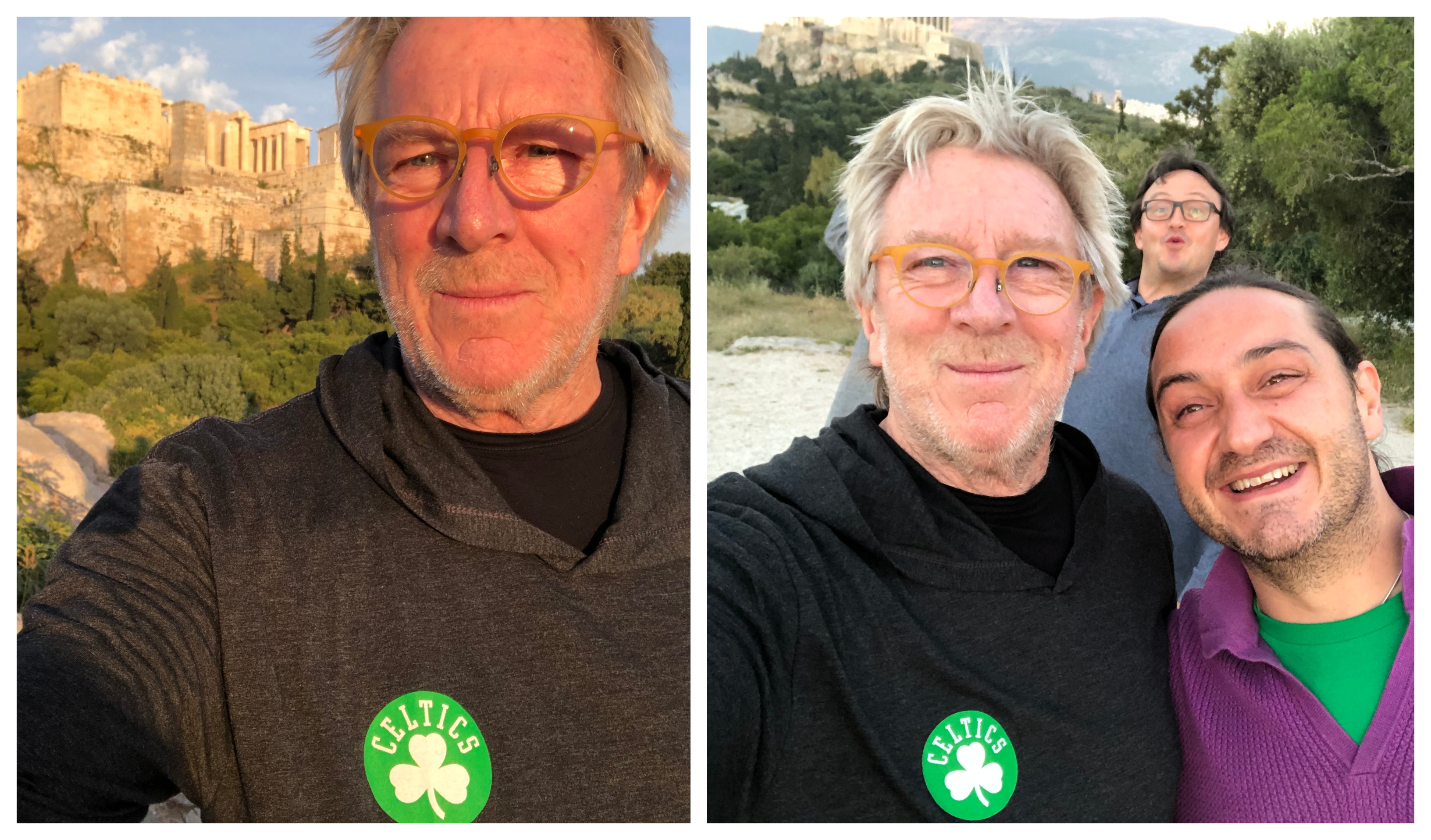
On the journey back, the lights had turned on and the Acropolis treated us to another view. In some ways, it is even more spectacular than the sunset. We passed by the Acropolis Museum at the foot of the hill which is a must-see museum for everyone that goes to Athens. I stood on my Segway and peered through the glass exterior and looked at the collection of statues and heads and faces inside. I swiveled the Segway and looked up at the Acropolis. An amazing moment. Antiquity at its best.
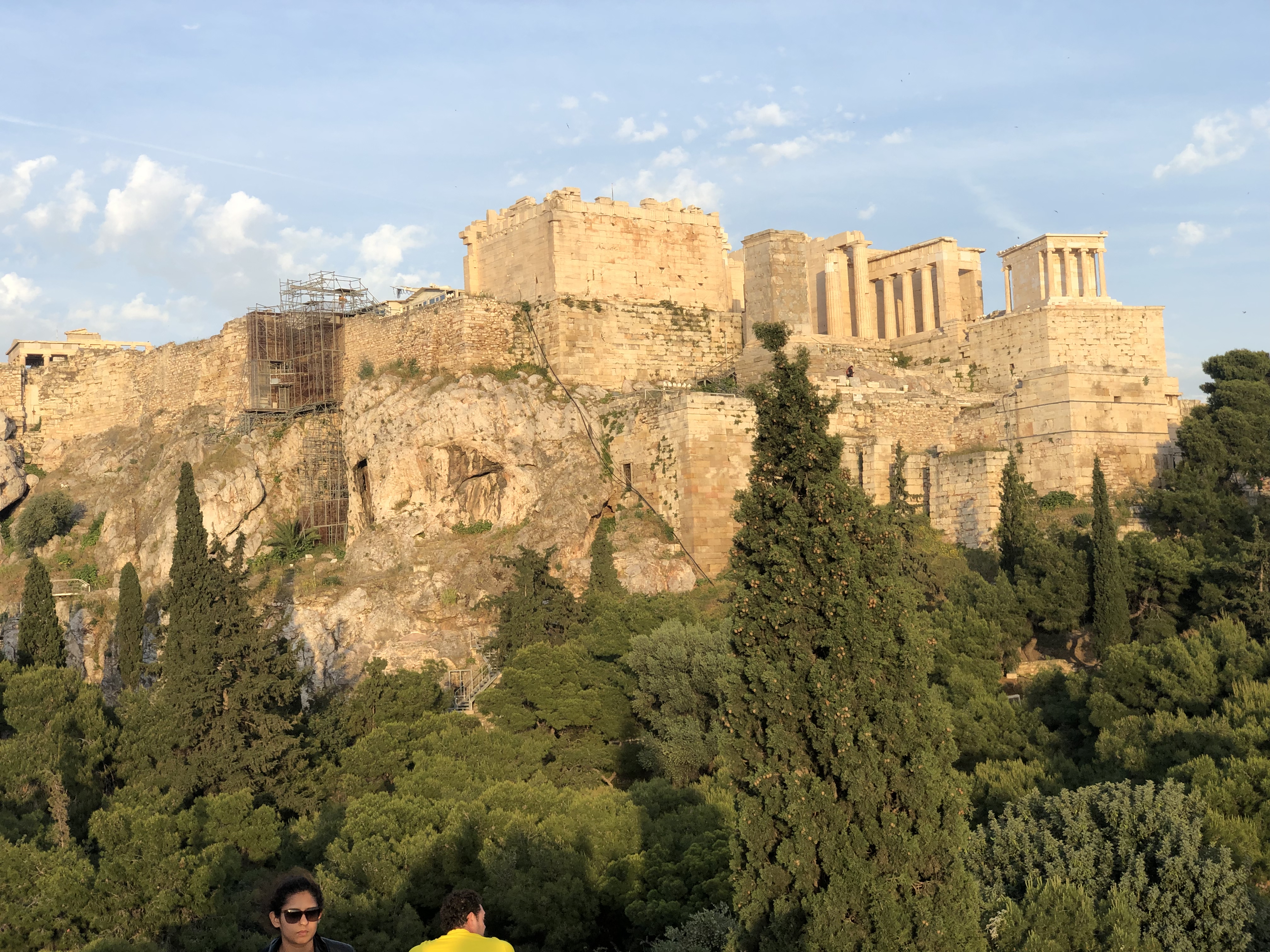
Acropolis

